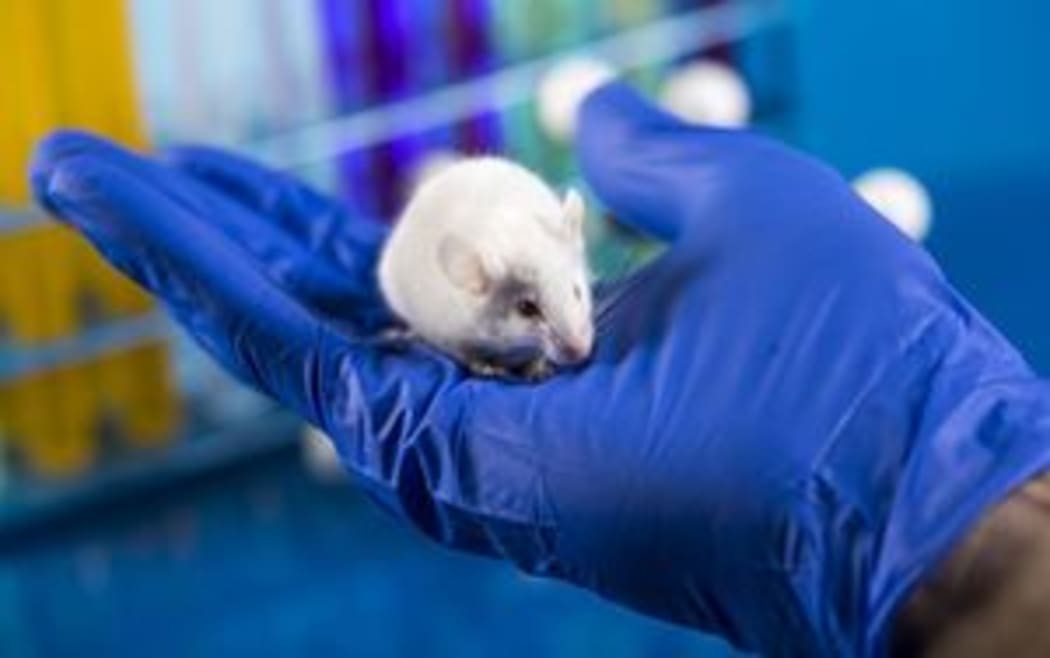Lab mice are leading scientists on a wild goose chase when it comes to developing new drugs, with only one in nine drug trails which succeed in animal trials making it to market.
Stanford University associate professor of comparative medicine Joseph Garner's research focuses on why many studies of new medicines which show promising results in mice, fail to work when they are tested on humans.

Photo: supplied
Dr Garner told Nine to Noon the subject has been discussed since the mid-80s and there is a growing realisation in academia and the public about the problem.
“There are two possibilities, either mice are inherently bad [test subjects] or there are systematic problems in how we perform animal experiments. And I actually think that the wealth of evidence is that it’s the latter.
“I think mice are actually fantastic models for particular problems … but from behaviour research to cancer research I think we can see some pretty systematic issues ... that are actually low hanging fruit."
“He says the problem is "very fixable".
The underlying problem is that mice are not treated the same as human patients and human research, Dr Garner says.
“We are keeping mice in these very barren, very standardised – arbitrarily standardised - environments and, at the end of the day, variability is what’s special in biology. Variability is what makes us ill.”
Mice were phenomenal testing models, he says, because they are the only species that have followed human population expansion around the globe, adapting to every environment we create, and can contract the same types of diseases that humans can.
But keeping them in barren laboratory environments had the counter-intuitive result of making the experiments more difficult to reproduce between labs.
“Because there will be something different in one lab that you don’t even know about because you can’t hear ultrasound or you can’t see ultraviolet light or you can’t smell the things that mice smell.
“The real trick to all this is to embrace the variability that’s inherent in mice rather than trying to control it.”
Dr Garner says a particular problem is that mice do not accurately model the disease which researchers are trying to treat - particularly conditions such as autism, obsessive compulsive disorder and attention-deficit/hyperactivity disorder.
Mice are not useful for investigating the social deficits of autism - lack of social play, eye contact or the ability to understand private mental states in other individuals - because they do not possess these traits in the first place, he says.

